#museo archeologico nazionale napoli
Explore tagged Tumblr posts
Text






primo dell’anno
69 notes
·
View notes
Text

~101-200, (Auctor incertus), Pan e Dafni

#Auctor incertus#Pan e Dafni#saec. II#101#200#sculptura#Museo nazionale archeologico di Napoli#Neapolis#Pan#Daphnis
33 notes
·
View notes
Text
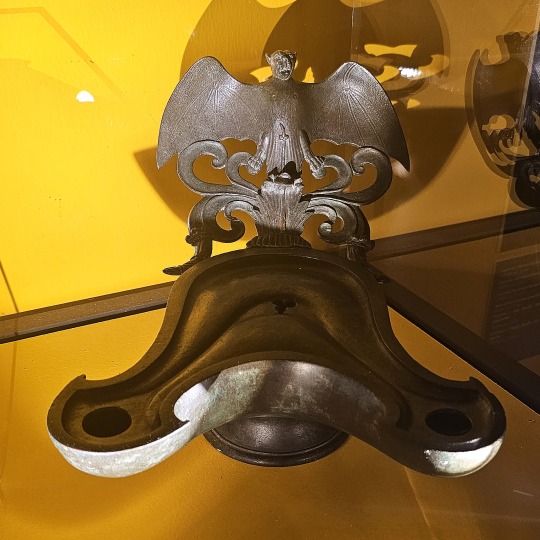

Twin-flamed lamp with bat-shaped reflector; bronze, Roman | Found in the Villa Arianna in Stabiae, south of Pompeii | On display in the Capitoline Museum, from the MANN collections.
#ancient rome#roman artifact#roman lamp#roman bronze#stabiae#villa arianna#capitoline museums#museo archeologico nazionale di napoli#mann museum
34 notes
·
View notes
Text
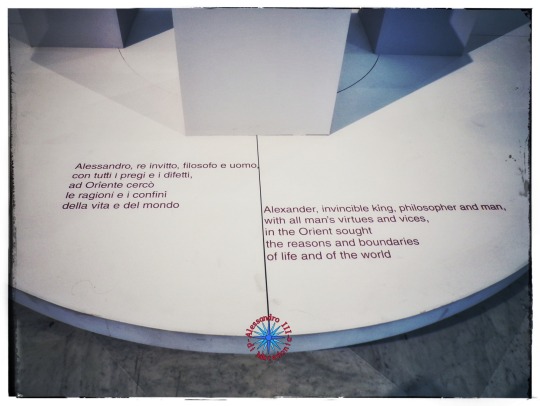
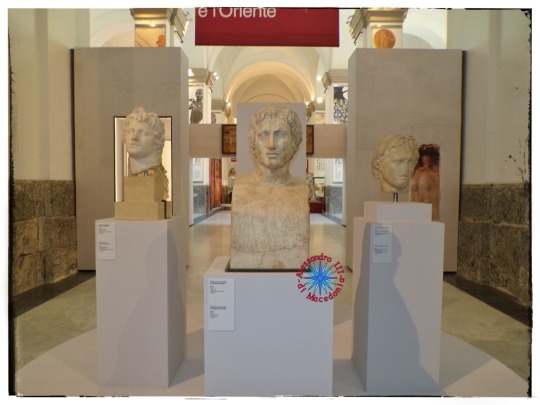


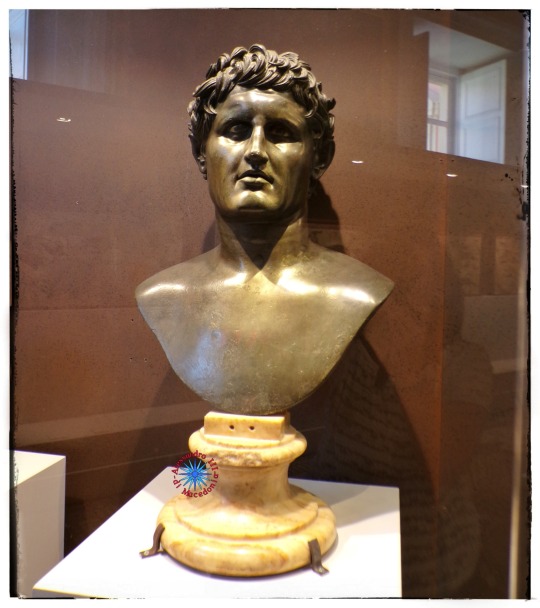
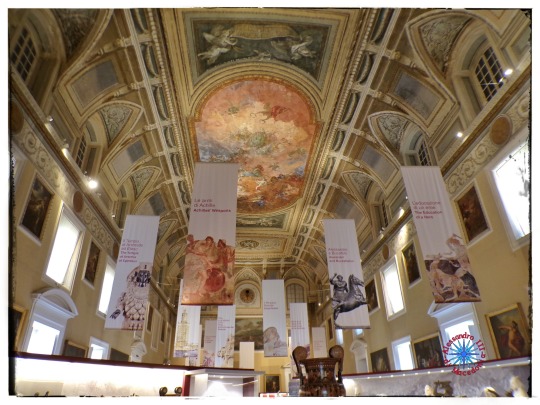

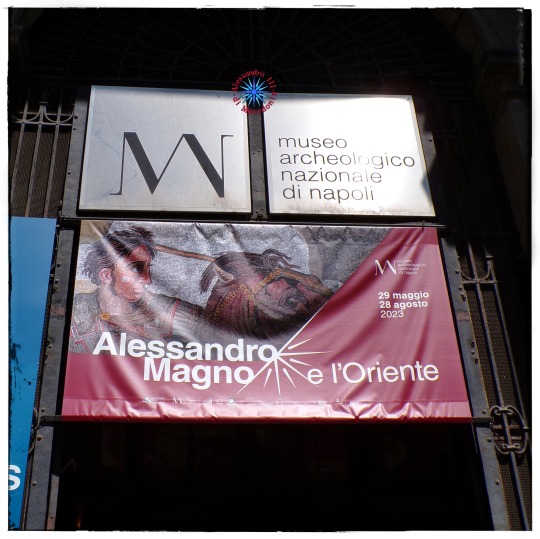
#alessandro magno#alessandro iii di macedonia#alexander the great#alessandro il grande#alessandro il macedone#alexander the conqueror#alessandro il conquistatore#alexander iii of macedon#alexander of macedon#Alessandro Magno e l'Oriente#MANN#Museo Archeologico nazionale di Napoli#mostra#exhibition
10 notes
·
View notes
Text
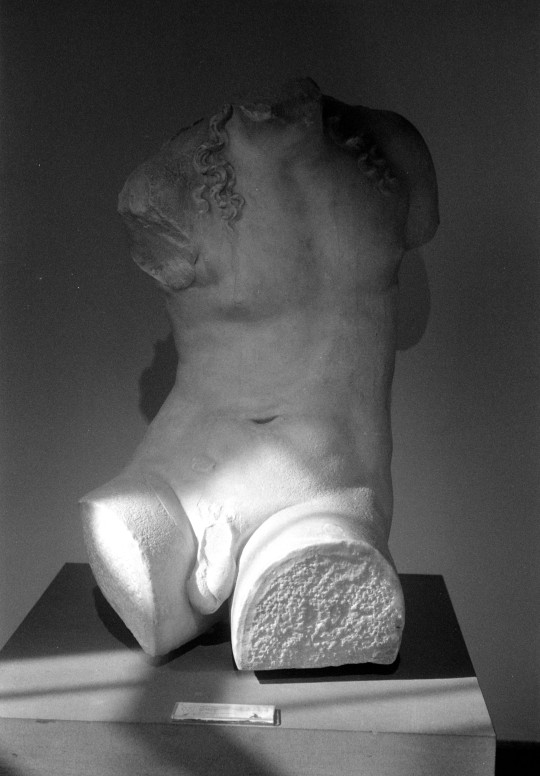
#napoli#The Museo Archeologico Nazionale di Napoli#statue#black and white#mm#analog photography#leicam3
5 notes
·
View notes
Text
Naples (4): Sybaritic afternoon
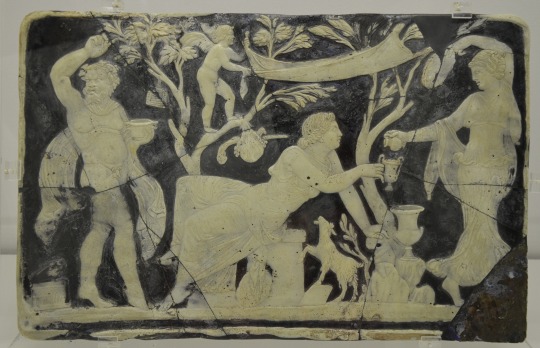
The story so far: the theft of my Samsung Galaxy A14 (£219 from Argos.co.uk) threatened to ruin our holiday. We had just two days in Naples and reporting to a police station was not on the itinerary.
But that visit proved brief, as well as instructive about Italian hospitality.
At 1pm we headed for the museo archeologico nazionale, where we planned to have a quick lunch before immersing ourselves in Naples' ancient history.
Driving rain had driven many tourists inside. The café was particularly popular.

The single waiter was doing his best to keep crowds at bay by ignoring those who had managed to find a seat, including us. This no-rush method, at least, allowed us to have a good rest.
The caprese we ordered had had time to mature nicely between the kitchen and our table. At 3 pm we secured a bill through the classic expedient of starting to walk out. We had a museum to visit.
Many of its collections come from nearby Pompeii.
The mosaic below dates from shortly before that fateful eruption of Mount Vesuvius: you can imagine the owners walking their pet, just as the lava engulfed them.
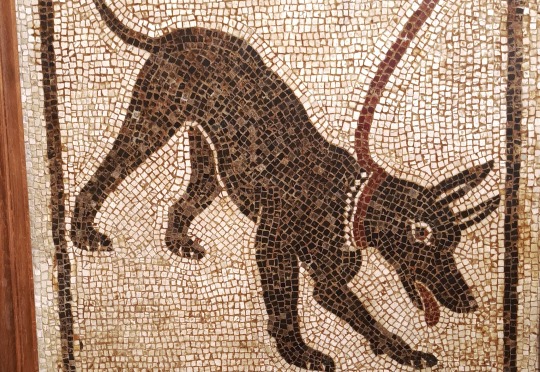
With time running short, we chose to focus our ethnographic investigations on the early Hellenic presence in Italy and the western Mediterranean.
I'd often wondered why the Greeks beat the Romans to the French Riviera. And why the name "Neapolis" as opposed to, say, "Civitanova"?
The museo archeologico is enlightening on these questions. Greek traders and adventurers began checking out the area in Homeric times. When Ulysses took the long way home, he spent some time around Sicily – you may recall that he blinded some dim-witted giant there.
But Greeks did not make Italian spots their home until the 8th century BC. As a panel made clear, this was not a settlement of conquest, but of desperation.
The golden Hellenistic age did not begin until three centuries later. Around 750 BC, in fact, life for people from Sparta to Smyrna was wretched.
Many of those who left were forced to do so by their own communities. "In some cases, they were even chosen by lot, so ensuring the survival of those who remained," the curators explain.
The first settlers landed near Naples. Each new colony was founded by rejects from a specific place back home. A nifty map shows the migration routes.
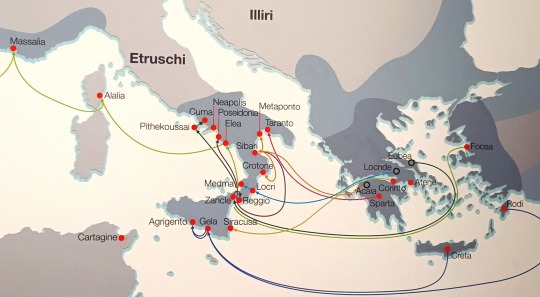
Thus I learned why, to this day, French pedants like to call people from Marseille "Phoceans": the initial settlers were from Phocaea in Asia Minor.
These far-flung outposts of Magna Graecia eventually prospered. The artefacts on display testify to a considerable degree of sophistication.
One of the highlights is the "Farnese Hercules", a 10-foot statue dated around 220 BC.
It should come with a trigger warning for the benefit of American students: consider yourself warned.

I'm a sucker for vases and was mightily impressed by those found at Canosa, in Puglia.
The one below shows the Persian king Darius being told by a messenger riding Pegasus that his men have lost the battle at Marathon.
It was found in a burial site described by the museum as "the most significant testimony to the enormous socioeconomic development of Canosa from the mid-fourth century BC".

I also learned about Sybaris, a colony in modern-day Calabria that thrived from the 7th century BC.
This must be why Sybarites became a byword for self-indulgent luxury: their wealth would have attracted envy back in the motherland.
After our visit, we were in the mood for a bit of Sybaritism ourselves. We had enjoyed the warm simplicity of the neighbourhood pizzeria where we had our first dinner. But this evening, a touch of refinement seemed to be in order, not to mention wine.
After consulting TripAdvisor at length, I found a top-ranked eatery that accepted reservations on The Fork website. Miraculously, a table was available for 8 pm: I clicked on "book".
We reached our destination after a 20-minute walk through a neighbourhood that was shabby even by Neapolitan standards (this Streetview grab actually flatters it).
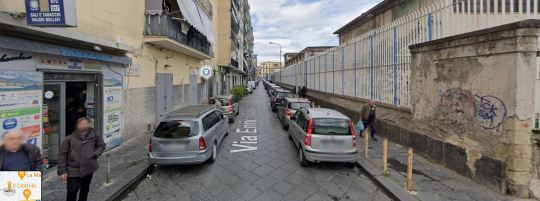
The staff of the humble trattoria were nonplussed by the arrival of a smartly dressed couple flashing a reservation email (my wife still had her phone). But hosting us was no problem: none of their four tables was occupied.
Pizzas were the only items on the menu. Ours were perfectly acceptable - there is no such thing as bad pizza in Naples – so we smiled sweetly at our hosts.
We were especially thankful that, in this strangely wine-averse land, they were able to find a bottle of plonkish red for us. We couldn't complain about the €25 bill, but we hardly felt like Sybarites.
We returned via the barren expanse of Piazza Garibaldi. The deserted metro station would be an ideal location for an apocalyptic thriller.
Getting off after two stops, we found the dark alleys of Centro Storico much more hospitable than they had seemed the night before.
Previous entries on Naples:
1. Ryanair 2. Neapolis or Nablus? 3. Daylight Robbery
4 notes
·
View notes
Video
youtube
2 notes
·
View notes
Text
Visita al Mann - Museo Archeologico Nazionale di Napoli, una delle più ricche e importanti raccolte archeologiche d’Italia, con opere greche, romane, egizie, reperti dalle città vesuviane, mosaici, affreschi, e la celebre collezione Farnese di statuaria antica.
Nel nostro post, la storia del museo, la descrizione delle collezioni, e tutti i nostri consigli per la visita!
1 note
·
View note
Text
MANN, crescita esponenziale
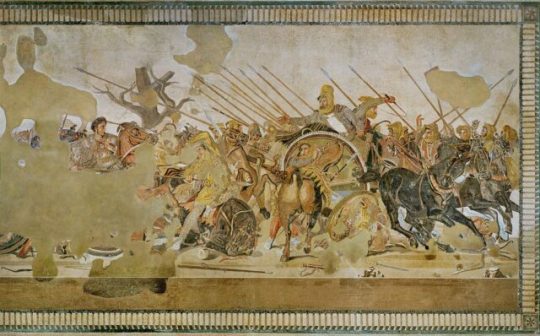
View On WordPress
0 notes
Text
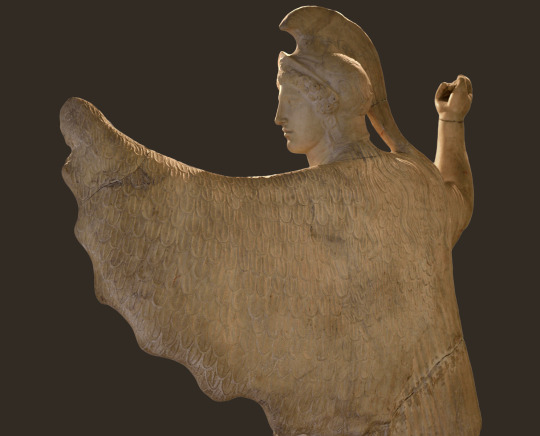
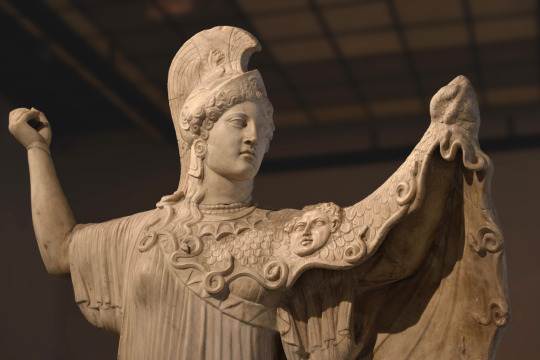
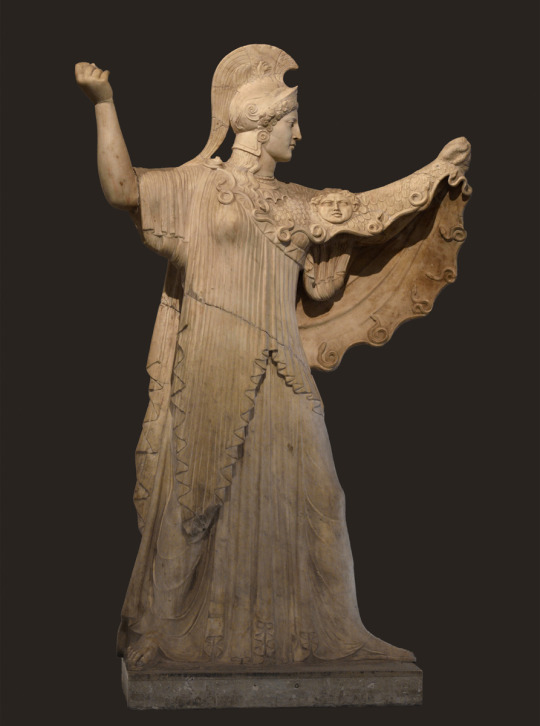
~ Athena promachos.
Date: Probably a Roman copy of a Greek statue of the 5th century B.C. or of a Hellenistic original of the 2nd century B.C.
Medium: Marble
Provinience: Naples, National Archaeological Museum (Napoli, Museo archeologico nazionale); Herculaneum, Villa of the Papyri.
#ancient#ancient art#history#museum#archeology#ancient sculpture#ancient history#archaeology#athena#athena promachos#roman#greek#marble
2K notes
·
View notes
Text

Red Figure volute Kramer made in Attica. From Ruvo circa 400 BC. Housed in the Museo Archeologico Nazionale di Napoli.
#light academia#history#archaeology#roman archaeology#italy#italia#naples#napoli#classic archaeology#classical art
298 notes
·
View notes
Text

1-100, (Auctor incertus), Marble relief with Dionysus seated
#Auctor incertus#Marble relief with Dionysus seated#saec. I#1#100#sculptura#Museo archeologico nazionale di Napoli#Neapolis#Bacchus#Dionysus
25 notes
·
View notes
Text






APOLLO/APLU
The god, in an unusual, almost dance-like pose, is represented in the act of drawing the bow.
Etrusco-Roman bronze votive statue
Hellenistic period Roman Mid-Late Republican period, 2nd cent. BCE
Excavated from the sacred well in the sanctuary at San Casciano dei Bagni
On display at the Museo Archeologico Nazionale di Napoli, Naples, Italy
#apollo#apollon#greek mythology#greek gods#hellenic polytheism#statue#sculpture#bronze#etruscan bronze
240 notes
·
View notes
Text
Alexander's mosaic print
Good day everyone, I’m Elena and I thank you for being on Alessandro III di Macedonia – your resource on Alexander the Great and Hellenism. Last August I went to see the “Alessandro Magno e l’Oriente” exhibition at the MANN in Naples and one thing I absolutely wanted was to buy one or a couple of gadgets related to ours or the famous Alexander Mosaic which unfortunately I couldn’t see because it…

View On WordPress
0 notes
